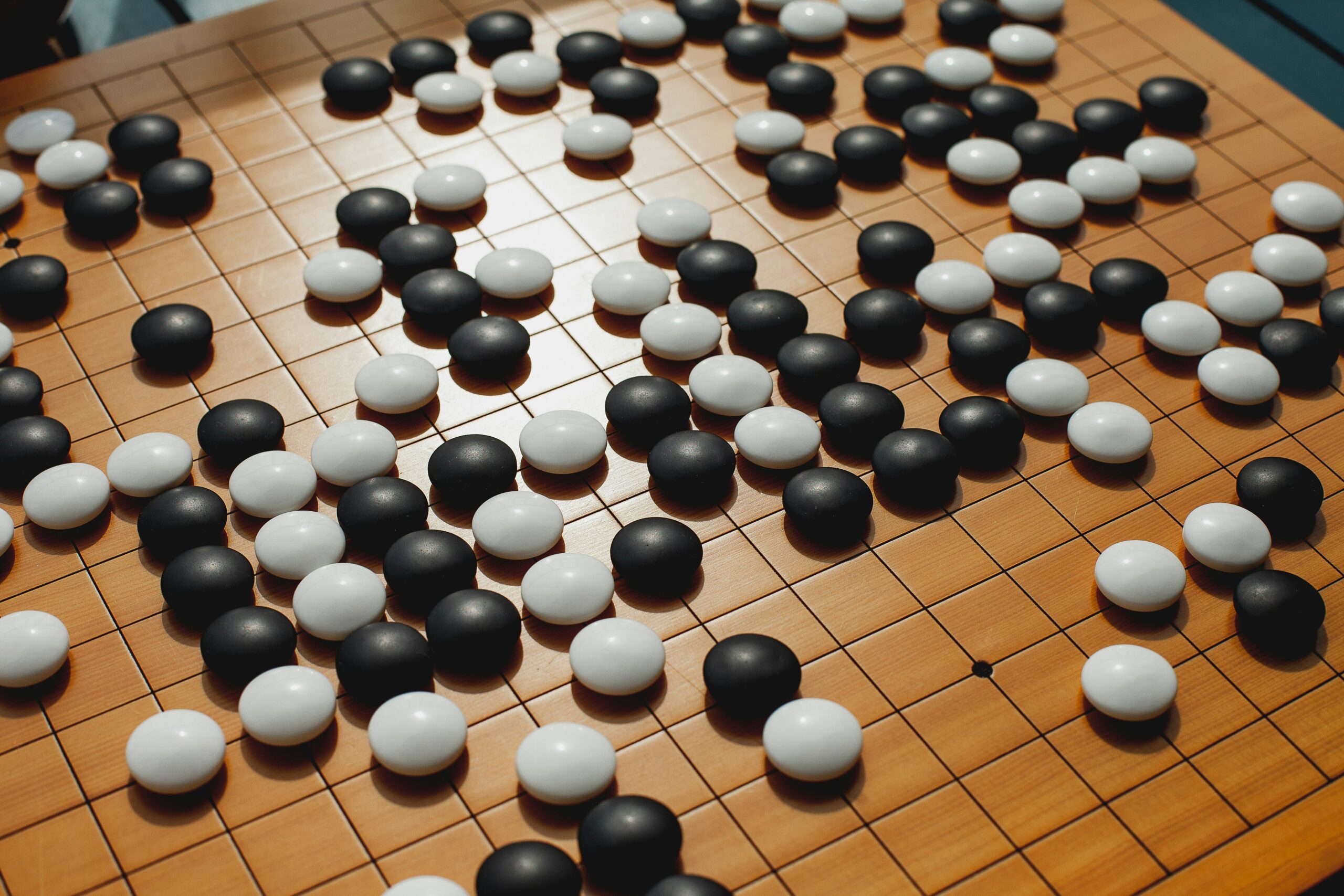
Intelligence.
Learn more about topics of interests from articles written by our attorneys. Please note that posts do not necessarily reflect the views of the firm itself or our clients, and do not constitute legal advice. While posts may cover certain legal issues, they are no substitute for substantive and holistic legal advice from a qualified attorney.
Practice Area
Advertising & Marketing Law
Appellate Litigation
Business Counseling
Business Solutions
Commercial Real Estate
Commercial Transactions
Cybersecurity
Education Law
Financial Services
First Amendment & Media Law
Generative Artificial Intelligence
Health Care
Intellectual Property
Internet Law
Litigation & Dispute Resolution
Marital & Family Law
Privacy
Private Judicial Services & Arbitration
White Collar Defense & Government Investigations
Workplace Law
People
Alice L. Blackwell
Jack A. Buttell
Vincent A. Citro
George R. Coe
Robert K. Dakis
Joseph E. “Ed” Foster
David A. Meek II
Ian T. Johnson
Brent D. Kimball
Margaret “Amie” Kozan
Adam Losey
Catherine Losey
Ralph C. Losey
Karen L. Middlekauff
Daniel “Dan” Noffsinger
Scott A. Richards
Lynne M. White
Alfredo R. Zamora
Date
Descending
Ascending

